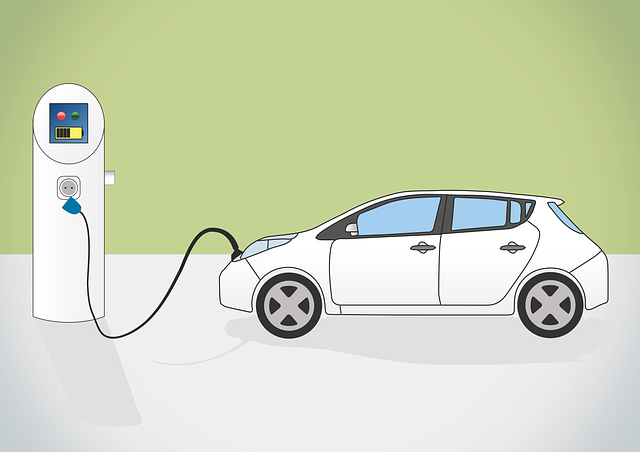Choosing right car batteries is crucial for performance and safety. Match voltage, amperage, and dimensions to your make and model. Consider cold-climate needs and follow safety precautions during installation. Explore battery recycling programs for responsible disposal. Replace old battery by understanding requirements, selecting compatible batteries, disconnecting negative cable first, removing old one, cleaning tray, installing new, aligning terminals, double-checking connections, then starting vehicle.
Learn how to replace your car battery like a pro! This comprehensive guide walks you through understanding your vehicle’s power demands, choosing the perfect replacement batteries for your make and model (a crucial step in selecting car batteries), and safely replacing the old battery with minimal hassle. Stay charged and on the road with our easy-to-follow step-by-step instructions.
- Understanding Your Car's Battery Requirements
- Selecting the Right Car Batteries for Your Make and Model
- Step-by-Step Guide to Replace Your Car Battery Safely
Understanding Your Car's Battery Requirements

When it comes to replacing your car’s battery, understanding its specific requirements is key. Different cars have varying electrical demands, so selecting the right car batteries is essential for optimal performance. For instance, if your vehicle is designed for long-distance travel, you’ll need a battery that can withstand high discharge rates without compromising efficiency.
High-performance car batteries are ideal for such cases, ensuring your engine starts smoothly even in extreme conditions. When choosing a new battery, consider factors like cold cranking amps (CCA), which indicate the battery’s ability to provide power in cold temperatures, and ampere-hour (Ah) capacity, measuring its energy storage. Selecting the appropriate car batteries will guarantee reliable performance, especially during demanding driving conditions.
Selecting the Right Car Batteries for Your Make and Model

When selecting a new car battery, it’s crucial to choose one that’s compatible with your vehicle make and model. Not all batteries are created equal, and using an incorrect type can lead to problems and even void your warranty. Always check your owner’s manual for specifications regarding voltage, amperage, and physical dimensions to ensure you Select the right car batteries.
Consider special requirements like those in colder climates, where deep-cycle batteries that can handle frequent shallow discharges are recommended to prevent premature degradation. Additionally, be mindful of auto battery safety precautions, such as wearing protective gear during installation, as lead acid batteries contain corrosive fluids and emit hydrogen gas, which is flammable. Lastly, don’t forget about car battery recycling programs; many retailers offer them to help dispose of old batteries responsibly.
Step-by-Step Guide to Replace Your Car Battery Safely

Replacing your car’s battery can be a straightforward process if you follow these simple steps. First, assess your vehicle and its specific requirements. Different cars have varying battery specifications, so it’s crucial to select a compatible car battery that matches your make and model. Consider hybrid car battery types or electric car battery technology for eco-friendly options, available at many automotive stores.
Start by locating the old battery in your engine bay. Ensure proper safety measures; wear protective gear and disconnect the negative battery cable first to prevent short circuits. Remove the old battery carefully and clean the battery tray to ensure a secure fit for the new one. Install the new car batteries for sale, ensuring terminals are correctly aligned and connected. Double-check connections before starting your vehicle, verifying proper functionality, and enjoying peace of mind with a reliable power source.
Replacing your car battery yourself is a straightforward process that can save you time and money. By understanding your vehicle’s power needs, choosing the right battery for your make and model (a crucial step in ensuring compatibility), and following a simple, safe procedure, you can extend your battery’s life and keep your car running smoothly. Remember, selecting the correct car batteries is key, so take your time to match the specifications to your vehicle. With these steps, you’re well on your way to becoming an expert at replacing your car battery.
